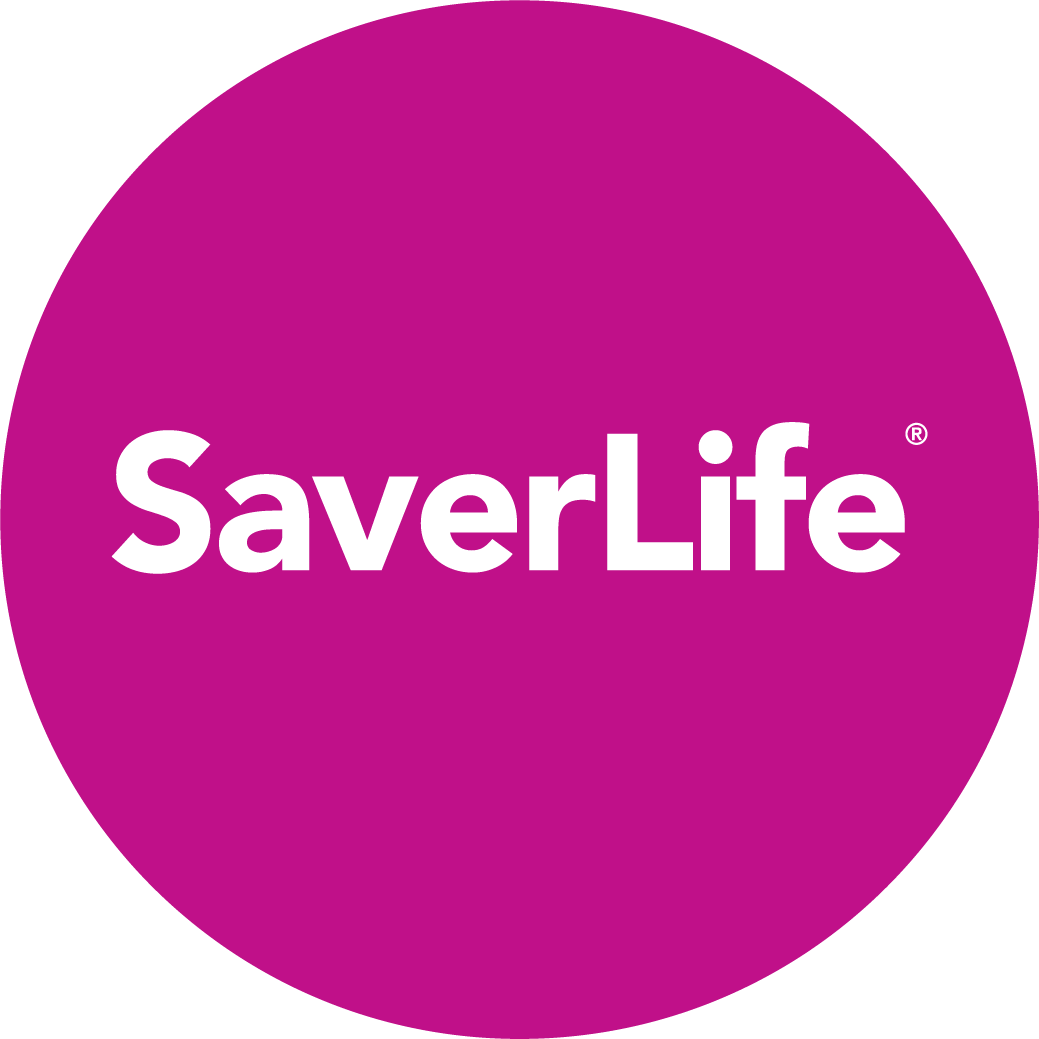The First Step to Homeownership: Everything You Need to Know About Getting a Mortgage

SaverLife member Derkisha is committed to buying a “forever home” for her children. It’s important to her that her family has a place where they can grow, thrive, and build a financially secure future.
Derkisha’s reasons for purchasing a home are common among SaverLife members, many of whom see homeownership as an important step toward lasting financial health and well-being. If you’re thinking about buying a home or preparing to purchase one, you’re in good company. And we’ve got just the guide to get you started.
Read on for a brief guide to securing a mortgage and starting your homeownership journey.
Finding the Right Home Loan
As you start researching home loans, you’ll find there are a variety to choose from. Here are a few of the major kinds of loans that you could qualify for:
- Fixed-rate mortgages offer consistent monthly payment plans.
- Adjustable-rate mortgages provide flexibility with your payment amounts and interest rate. However, it’s important to keep in mind that these expenses can fluctuate.
- Federal Housing Administration (FHA) loans areinsured by the government, and they offer low down payments and accept people with credit scores of all kinds.
- VA loans are available for veterans and active-duty service members. They offer competitive terms and don’t require a down payment.
- USDA loans are designed for rural homebuyers, and they provide low-interest financing with no down payment.
By exploring these loan options, you can determine which type best aligns with your financial situation and long-term goals.
Assessing Your Financial Situation
Before house hunting, it’s essential to assess your financial health. This involves taking stock of your:
- Income
- Expenses
- Credit score
- Debt-to-income ratio
The goal of this exercise is to determine if you can make monthly mortgage payments comfortably, without disrupting your budget.
It’s important to understand what your credit score and debt-to-income ratio look like because they play a significant role in the type of loan you qualify for. Higher credit scores typically qualify for lower interest rates on loans, meaning your overall monthly payment will be more affordable. Additionally, lenders look at your debt-to-income ratio to determine if you’re a good candidate for a loan and will be able to manage another line of debt.
Preparing Documentation
Lenders require a variety of documents to process your application, including:
- Proof of income, such as pay stubs or tax returns, to verify your ability to repay the loan.
- Bank statements to demonstrate your savings and assets, and any other financial obligations you may have, such as student loans or car payments.
- Your credit report to assess your creditworthiness.
Being organized and prepared with the proper documentation streamlines the application process and increases your chances of loan approval.
Shopping for Lenders
Not all lenders are created equal. It’s crucial that you compare loan offers from different institutions to find the best fit. When evaluating lenders, consider factors such as interest rates, fees, customer service, and reputation. Some lenders may offer special programs or incentives for first-time homebuyers, while others may be more experienced working with borrowers with unique financial situations. Research and compare multiple lenders to ensure the most competitive terms possible for your loan.
Applying for a Loan
The application process typically involves filling out an application form and providing the necessary documentation to support your financial information. Depending on the lender and loan program, you may undergo a pre-approval process. Getting pre-approved can give you a competitive edge because it demonstrates to sellers that you’re a serious and qualified buyer. Understanding the application process can help alleviate anxiety and ensure a smoother experience.
Closing on the Loan
Once you’ve found your dream home and secured financing, it’s time to close the deal. The closing process involves signing various legal documents — including the mortgage note and deed of trust — and paying closing costs and any remaining down payment. Closing costs typically include fees for loan origination, appraisal, title insurance, and other services. It’s important to review all closing documents carefully, asking questions if anything is unclear. Once all documents are signed and the funds are disbursed, you’ll receive the keys to your new home!
Tackle Your Homeownership Goals With Confidence
Whether you’re a first-time homebuyer or looking to refinance, this guide is designed to empower you with the knowledge needed to begin navigating the complexities of home loans. At SaverLife, we provide the information and tools you need to save, invest, and build the future that you want.

SaverLife is a nonprofit organization dedicated to helping people improve their financial health. Through savings challenges, personalized tips, and trusted resources, we empower people to build stronger financial futures.
